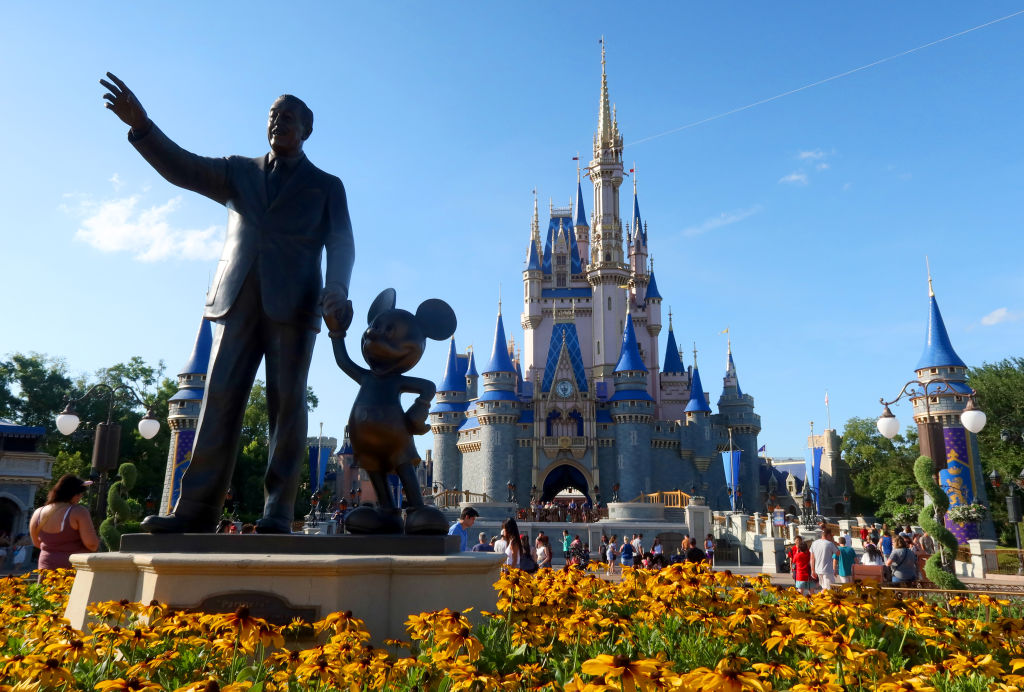Lower Food Prices Hit Farmers, Help Grocers
Next year will tell a similar tale, though look for grocery store prices to edge up by year-end.

The drop in food prices is hitting farmers a lot harder than grocery stores. The grocers have lowered prices 2% on average from a year ago. But margins on raw farm products are rising, leaving farmers with smaller shares of the consumer dollar.
Farm prices are down much further—by more than a third for milk, 20% for livestock and 17% for crops. Of course, 2007 and 2008 were boom years on the farm—crop and livestock prices rose nearly 30% in that period. In fact, the average farm price of milk was breaking records at around $22/cwt. two years ago, but has been selling in the $12 to $13 range so far this year.
Farmers ramped up crop and livestock output for years to keep up with rising demand both at home and abroad. But demand eroded quickly as the recession, which began in December 2007, set in last year. Agricultural exports, for example, are down 21% so far in 2009. And domestically, there’s now an overabundance of commodities. No surprise, then, that the U.S. Department of Agriculture’s (USDA) September price index for all crops is down 18% from a year ago.
From just $107.88 $24.99 for Kiplinger Personal Finance
Become a smarter, better informed investor. Subscribe from just $107.88 $24.99, plus get up to 4 Special Issues

Sign up for Kiplinger’s Free Newsletters
Profit and prosper with the best of expert advice on investing, taxes, retirement, personal finance and more - straight to your e-mail.
Profit and prosper with the best of expert advice - straight to your e-mail.
Complicating the lower prices received by farmers: Costs of supplies haven’t receded as much overall. Sure, some things are cheaper. The price farmers paid for fuel, for example, was 34% lower in September than a year earlier. But the price index for all farm expenses remains 16% higher than it was in September 2007. And that trend continues to gnaw at farmers’ bottom lines. With overall cash receipts down $40 billion and 2009 operating costs down $10 billion, farmers’ net cash income will be down by 30% this year.
Ag department economists say farmers’ overall share of the retail food dollar, 23% a year ago, has now slipped below 20%. Current trends will keep it there into next year.
While farmers were enjoying heady times in 2007 and 2008, grocery stores and restaurants were being squeezed hard. Now they’re trying to recoup a bit of what they lost.
The modest 2% drop in grocery store prices in recent months stands in stark contrast to the plunging raw commodity prices, and the lower costs that grocers are paying for transportation, energy and labor.
Note that supermarket sales volume hasn’t fallen much, if at all. Shoppers tend to cut back on grocery spending by making cheaper selections rather than buying less food. William Greer, spokesman for the grocers’ Food Marketing Institute, points out that part of the shift is driven by the supermarkets themselves: They’re greatly expanding promotion and shelf space for company labeled items, typically at a significant discount to major brands.
But while grocers are playing catch-up now, next year promises to be different. USDA projects that average annual grocery prices in 2010 versus this year will have gone up around 3% by year-end.
Meanwhile, restaurants and other eateries are actually raising prices—by 3% overall so far this year versus a year ago. Fast food outlets are up the most—3.7%. USDA projects about 4% in 2010, compared with this year. Budget shortfalls are forcing school, government and business cafeterias to limit subsidies, pushing prices higher there as well.
For weekly updates on topics to improve your business decisionmaking, click here.
Profit and prosper with the best of Kiplinger's advice on investing, taxes, retirement, personal finance and much more. Delivered daily. Enter your email in the box and click Sign Me Up.

-
 Nasdaq Leads as Tech Stages Late-Week Comeback: Stock Market Today
Nasdaq Leads as Tech Stages Late-Week Comeback: Stock Market TodayOracle stock boosted the tech sector on Friday after the company became co-owner of TikTok's U.S. operations.
-
 Disney’s Risky Acceptance of AI Videos
Disney’s Risky Acceptance of AI VideosThe Kiplinger Letter Disney will let fans run wild with AI-generated videos of its top characters. The move highlights the uneasy partnership between AI companies and Hollywood.
-
 Ask the Editor: Itemized Deductions
Ask the Editor: Itemized DeductionsAsk the Editor In this week's Ask the Editor Q&A, Joy Taylor answers questions on itemized deductions claimed on Schedule A of Form 1040
-
 Disney’s Risky Acceptance of AI Videos
Disney’s Risky Acceptance of AI VideosThe Kiplinger Letter Disney will let fans run wild with AI-generated videos of its top characters. The move highlights the uneasy partnership between AI companies and Hollywood.
-
 AI Appliances Aren’t Exciting Buyers…Yet
AI Appliances Aren’t Exciting Buyers…YetThe Kiplinger Letter Artificial intelligence is being embedded into all sorts of appliances. Now sellers need to get customers to care about AI-powered laundry.
-
 What to Expect from the Global Economy in 2026
What to Expect from the Global Economy in 2026The Kiplinger Letter Economic growth across the globe will be highly uneven, with some major economies accelerating while others hit the brakes.
-
 The AI Boom Will Lift IT Spending Next Year
The AI Boom Will Lift IT Spending Next YearThe Kiplinger Letter 2026 will be one of strongest years for the IT industry since the PC boom and early days of the Web in the mid-1990s.
-
 Amid Mounting Uncertainty: Five Forecasts About AI
Amid Mounting Uncertainty: Five Forecasts About AIThe Kiplinger Letter With the risk of overspending on AI data centers hotly debated, here are some forecasts about AI that we can make with some confidence.
-
 Worried About an AI Bubble? Here’s What You Need to Know
Worried About an AI Bubble? Here’s What You Need to KnowThe Kiplinger Letter Though AI is a transformative technology, it’s worth paying attention to the rising economic and financial risks. Here’s some guidance to navigate AI’s future.
-
 Will AI Videos Disrupt Social Media?
Will AI Videos Disrupt Social Media?The Kiplinger Letter With the introduction of OpenAI’s new AI social media app, Sora, the internet is about to be flooded with startling AI-generated videos.
-
 What Services Are Open During the Government Shutdown?
What Services Are Open During the Government Shutdown?The Kiplinger Letter As the shutdown drags on, many basic federal services will increasingly be affected.